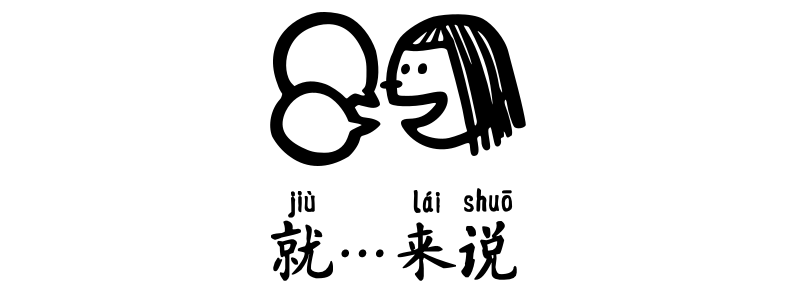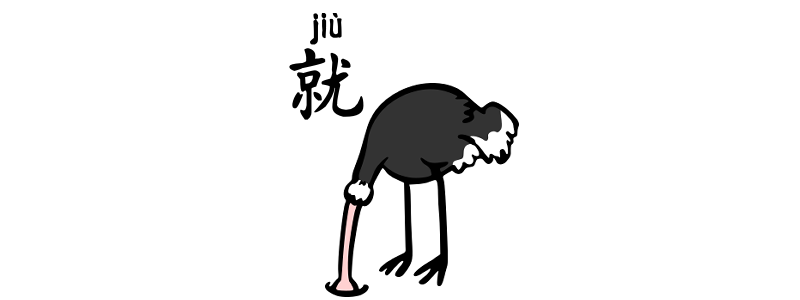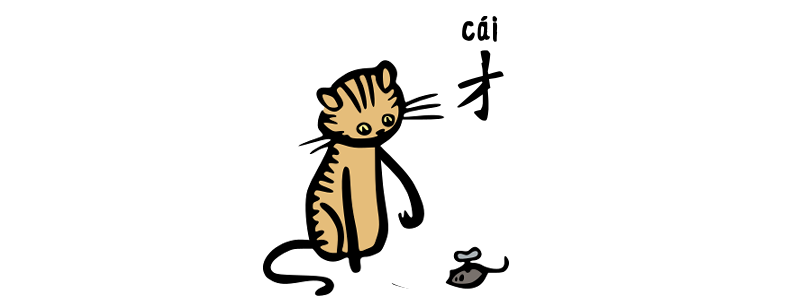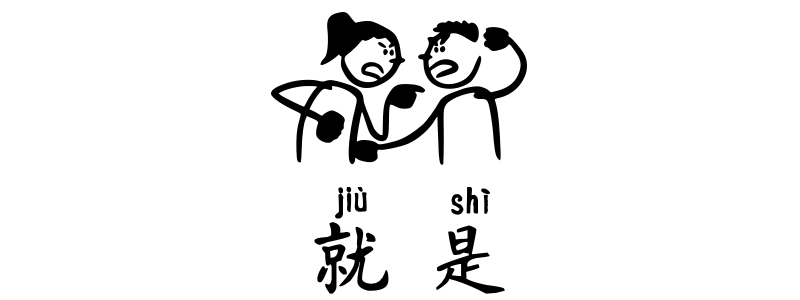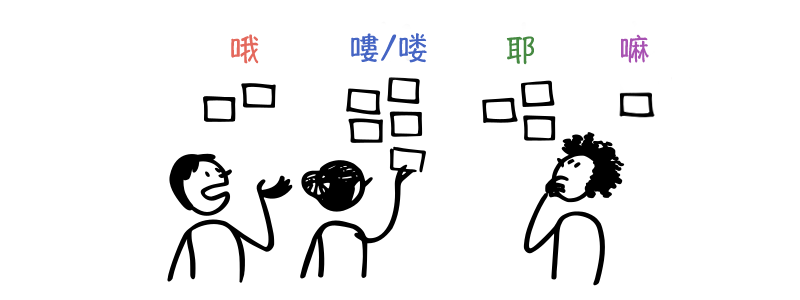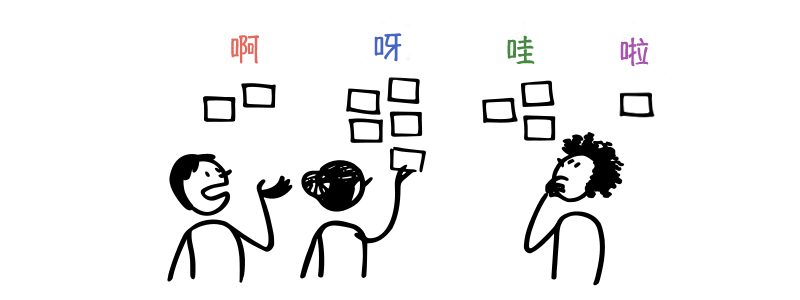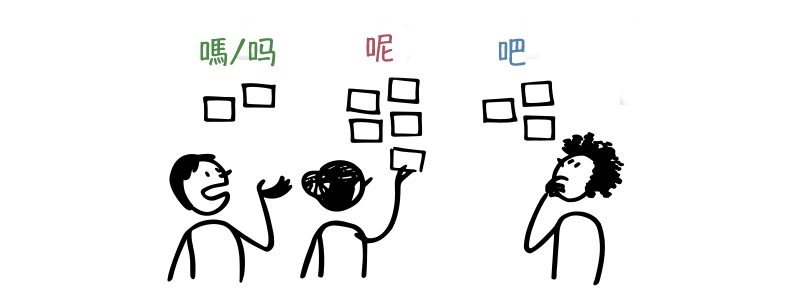Grammar Point:The word 就 jiù has several meanings in Chinese, and one of its uses is to indicate “with regard to” or “in terms of”. In this sense, it is often used to introduce a topic or a specific aspect of something that is being discussed. Structure S + 就 + Topic + VO It…
Author: tiffany
Easier 就 jiù Grammar
Grammar Point:In Chinese, 就 jiù can be used to express that something happens easier than expected. It is often used in a positive way to indicate a pleasant surprise or an unexpected result. Structure S + 就 jiù + Unexpected result It is often combined with 没想到 méixiǎngdào or 想不到 xiǎngbùdào to express the speaker’s…
Only 就 jiù Grammar
Grammar Point:In Chinese grammar, 就 jiù can be used as an adverb to indicate “only” or “just” in a sentence. This usage of 就 jiù can be called “small quantity” because it is used to emphasize a small quantity or a small degree of something. Structure S + 就 jiù + V + O 我wǒ就jiù喝hē了le一yì杯bēi水shuǐ我wǒ就jiù喝hē了le一yì杯bēi水shuǐI…
Condition only if 才 cái Grammar
Grammar Point:In Chinese grammar, 才 cái is used to express the meaning of “only if” or “only when.” When used with 如果 rúguǒ, it implies that a certain condition must be met before the result or consequence in the main clause can happen. However, meeting the certain condition doesn’t guarantee that the result or consequence…
Condition if 就 jiù Grammar
Grammar Point:When 就 jiù is used with 如果 rúguǒ, it usually implies that if the condition in the “if” clause is met or becomes true, then the result or consequence in the main clause will also happen. It can be translated as “in the case that” or “if…then…” in English Structure 如果 rúguǒ ··· +…
Earliness 就 jiù Grammar
Grammar Point:就 jiù has the function of indicating an occurrence that happened earlier or sooner than expected. It can also be used to express that something is going to happen in the very near future. Structure S + Time word + 就 jiù + V Function 1 – It indicates that something is going to…
Exactly 就是 jiùshì Grammar
Grammar Point:As an adverb, 就 jiù can be placed before the predicate to add emphasis. “就是 jiùshì” is used to emphasize or confirm a statement. It can be translated into English as “exactly,” “indeed,” or “only because.” Structure 就是 jiùshì + N/SV A: 喂wéi? 請qǐng找zhǎoTiffany A: 喂wéi? 请qǐng找zhǎoTiffany Hello? May I speak to Tiffany, please?B: 我wǒ就是jiùshìB: 我wǒ就是jiùshìThis…
喔 o 嘍/喽 lou 耶 ye 嘛 ma Practice
TouchHover over the space to see the answers. Linking sounds practice – 喔 / 嘍喽 / 耶 / 嘛 Situation You and your friend are going to attend a friend’s party. You are running out of time, but your friend is still making coffee… 👩🏻 : 快kuài點diǎn( D ) ! 快kuài点diǎn( D ) ! Hurry…
啊 a 呀 ya 哇 wa 哪 na 啦 la Practice
TouchHover over the space to see the answers. Linking sounds practice – 啊 / 呀 / 哇 / 哪 Different way to say “YES” in Chinese 可以kěyǐ( 呀ya) 可以kěyǐ( 呀ya) 對duì( 呀ya) 对duì( 呀ya) 好hǎo( 哇wa) 好hǎo( 哇wa) 是shì( 啊a) 是shì( 啊a) 行xíng( 啊a) 行xíng( 啊a) 要yào( 哇wa) 要yào( 哇wa) 會huì( 呀ya) 会huì( 呀ya) Okay…
嗎/吗 ma 吧 ba 呢 ne Practice
TouchHover over the space to see the answers. Fill in the correct word – 嗎吗 / 吧 / 呢 A: 那nà個ge人rén你nǐ認識rènshì( 嗎ma) ? A: 那nà个ge人rén你nǐ认识rènshi( 吗ma) ? Do you know that person? B: 她tā是shìTiffany ( 吧ba) ? 可是kěshì太tài遠yuǎn了le, 看kàn不bù清楚qīngchǔB: 她tā是shìTiffany ( 吧ba) ? 可是kěshì太tài远yuǎn了le, 看kàn不bù清楚qīngchǔI think that is Tiffany. It’s too far, so I can’t…
